TEXT BY SRILAGNA MAJUMDAR
PHOTOGRAPHS BY SRIPURNA MAJUMDAR
Howrah, West Bengal
I’d noticed an old, brown attache case kept inside an almirah in our drawing room ever since I was a little child. This case was never opened. It was only before Durga Puja, when the annual household cleaning was done that it received any attention. On one such occasion, when I was around 17-18 years old, my father brought out this ikophot and showed me how it worked. As soon as he opened the lid of the light sensor and pointed it towards the light, the pointer immediately jumped forward. Then, as he covered the sensor with his palm, it went back to its initial position. That is the first time I encountered an ikophot.

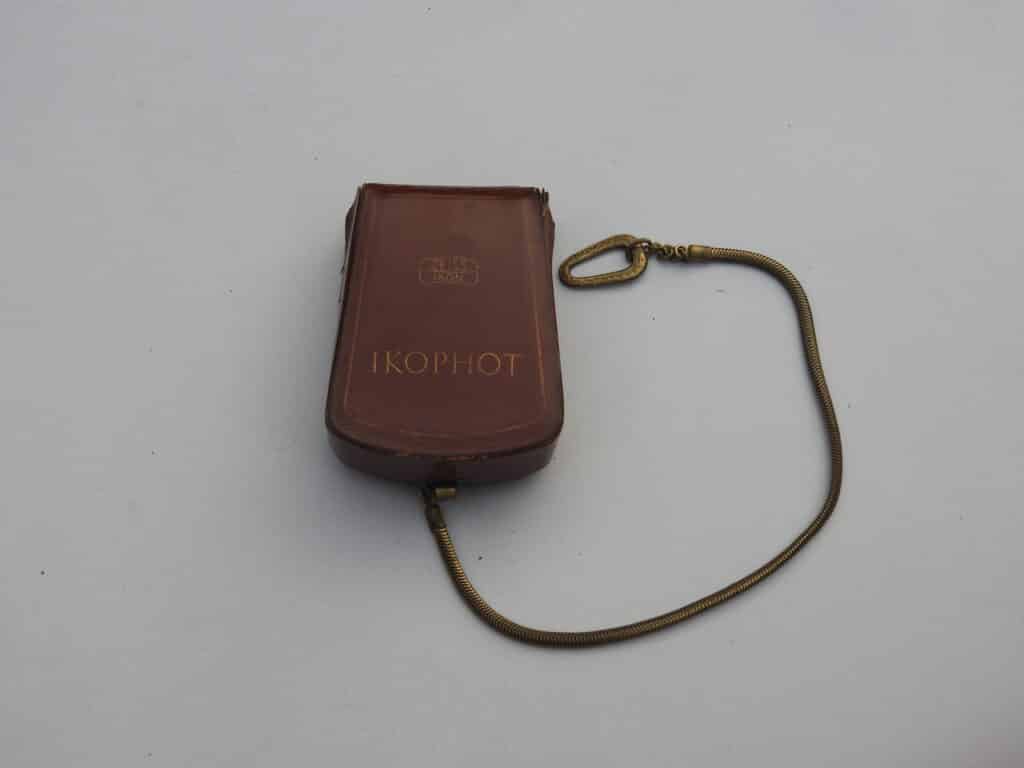
An ikophot is a handheld meter made in the 1950’s by Zeiss Ikon in Stuttgart, Germany. It is a battery-less selenium cell reflective meter. Selenium is an element that generates a voltage when streaked by light. This voltage is high enough to drive the meter needle or operate a simple automatic exposure system.
The ikophot belonged to my grandfather, Shyamal Kumar Majumdar (1936-2015) who probably procured it in the 1960s from Fancy Market, Kidderpore, Kolkata. Dadu was born on 10th October 1936 in Howrah, West Bengal. He studied commerce and worked as a banker with the Chartered Bank (now known as Standard Chartered Bank) from 1965 to 1994. He was a man of varied interests including photography, history, English literature and Indian classical music. An avid collector of vinyl records and fountain pens, his interest in photography was self learnt. Through books borrowed from the neighbourhood library, he taught himself the art of photography and maintained a notebook to document the various aspects.
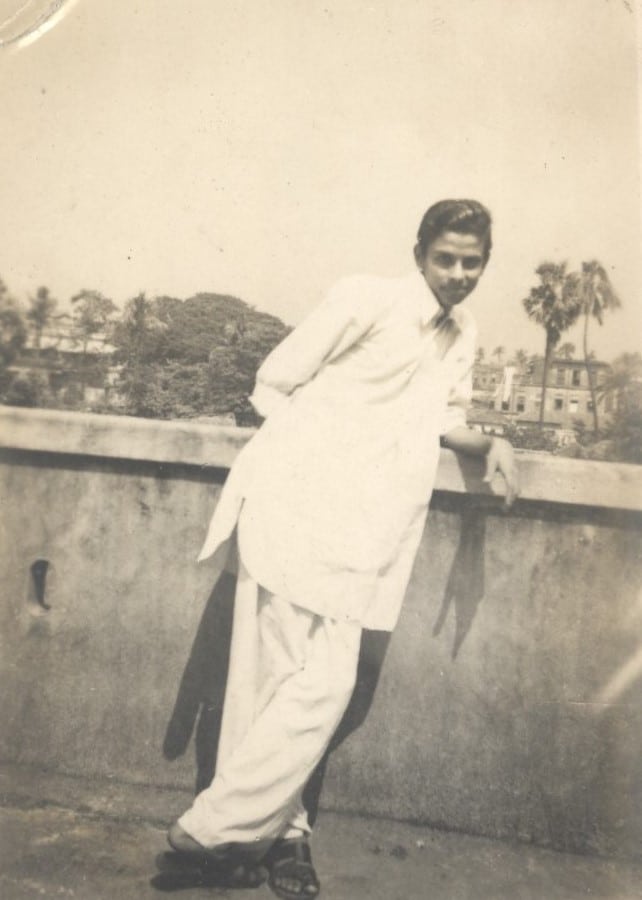
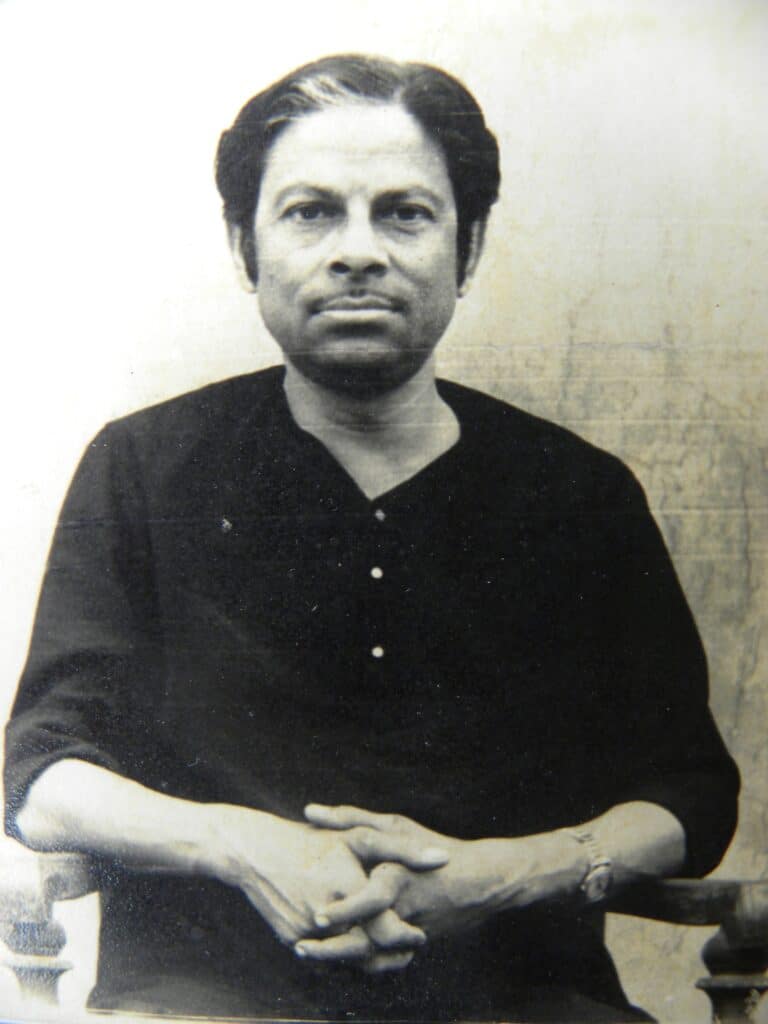
The ikophot has a bubble glass at the front that takes in the light, which then drives the meter needle. It is covered by a little black lid which can be removed while using the device. It used to be kept in one of our old wooden drawers in the living room, wrapped up in a plastic bag. It was only some time back, that I delved deeper and made an effort to protect some of my family’s documents and objects. The ikophot has now been cleaned and is kept separately in a foam and bubble wrap covering for safekeeping.

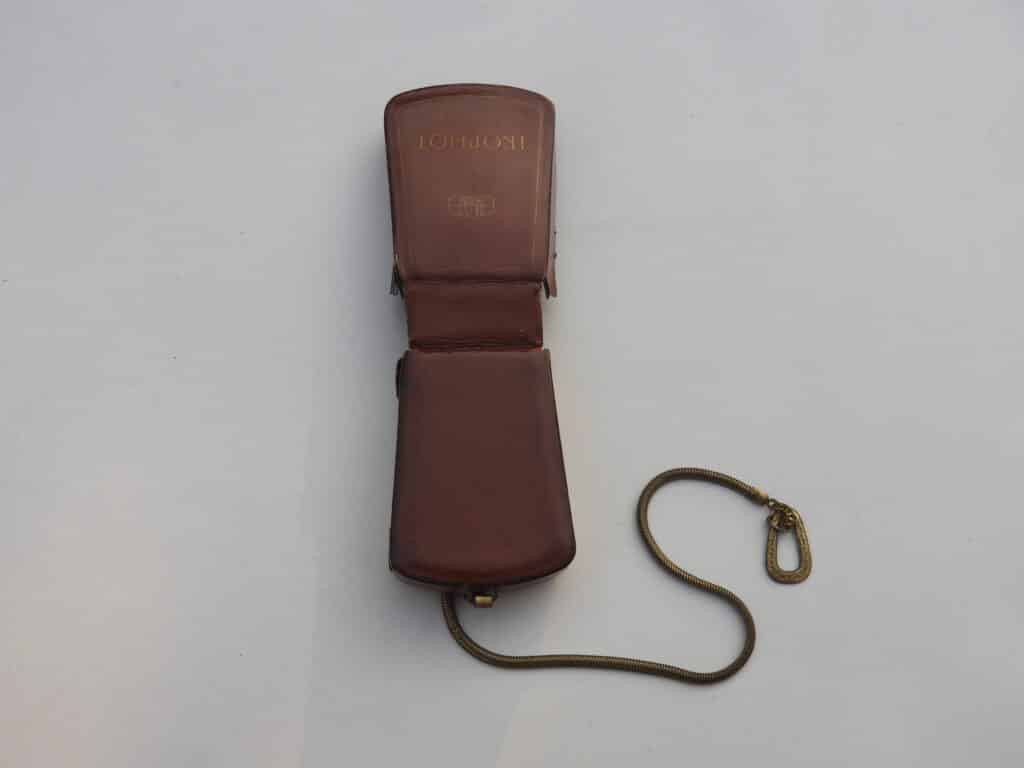
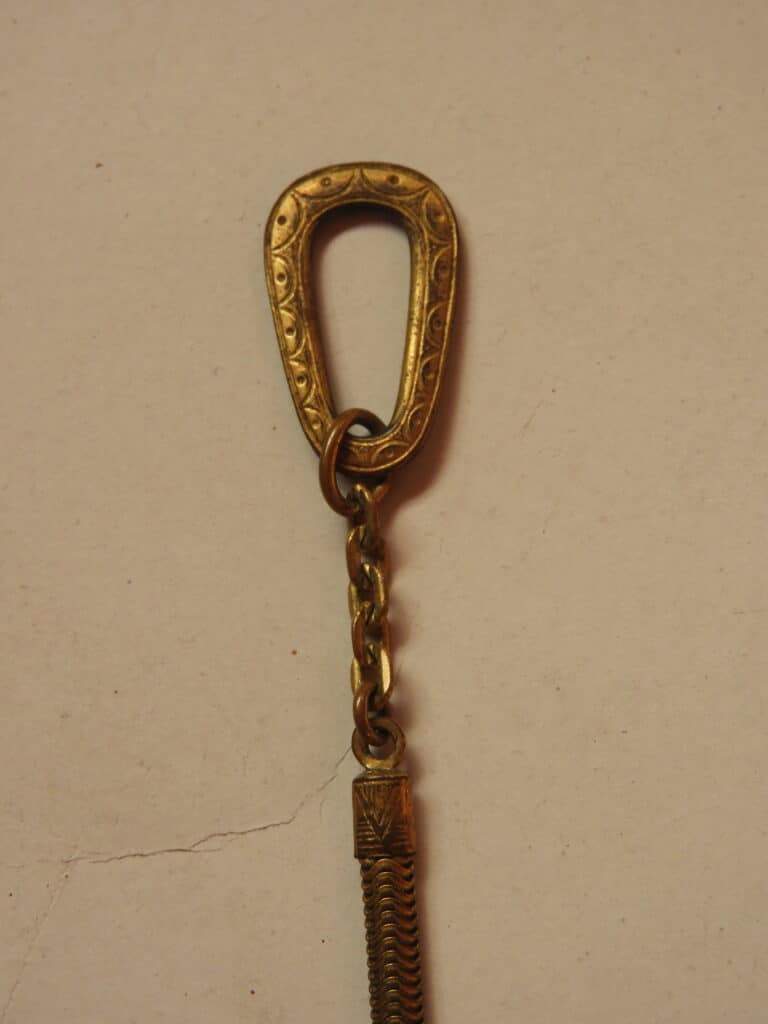
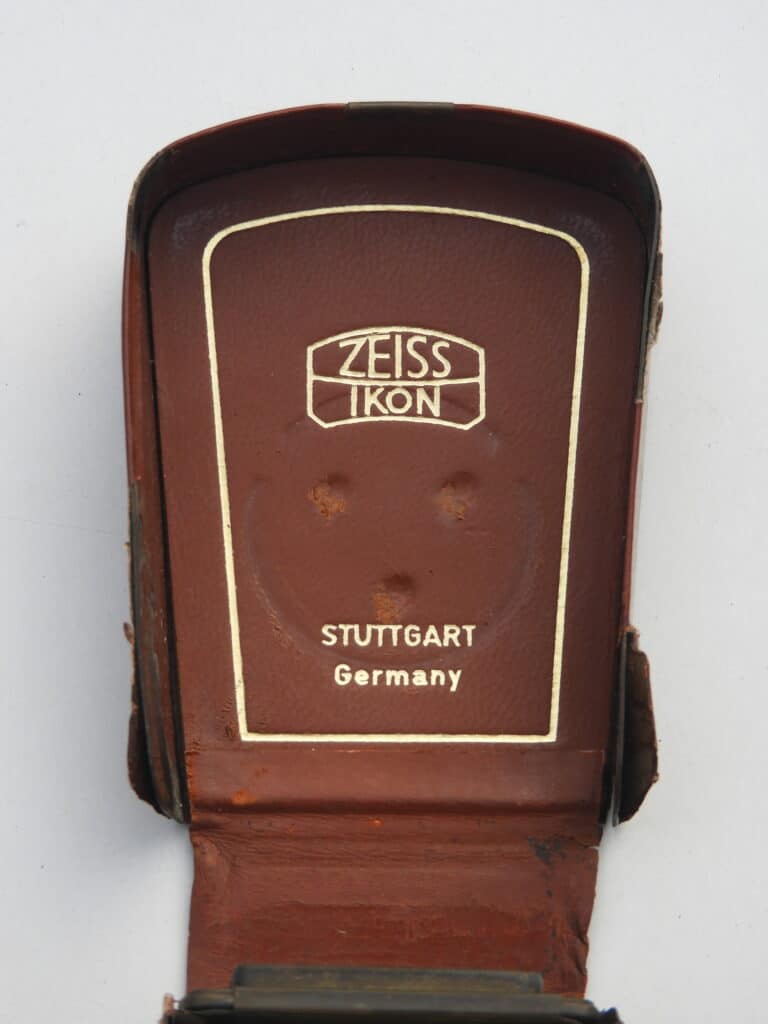
The leather covering is a part of it and the ikophot sits inside the leather kit even when used. The other end has a bronze or copper chain which is cold to touch and has a faint metallic smell. The ikophot definitely worked until about 2004-2005 but since automatic and digital cameras were already in use, we haven’t ever tried to use it. While some of the parts work, it doesn’t really function.
The fact that it still shines in the light and is near-perfect in condition, demonstrates my grandfather’s love and passion for the object and photography in general. There are multiple albums of vintage photographs clicked by him of places, buildings, intimate moments in the family and travel, which testify to the large-scale use of this manual light meter in the 1960s.
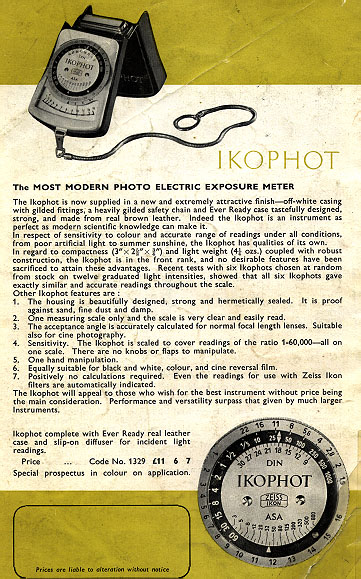
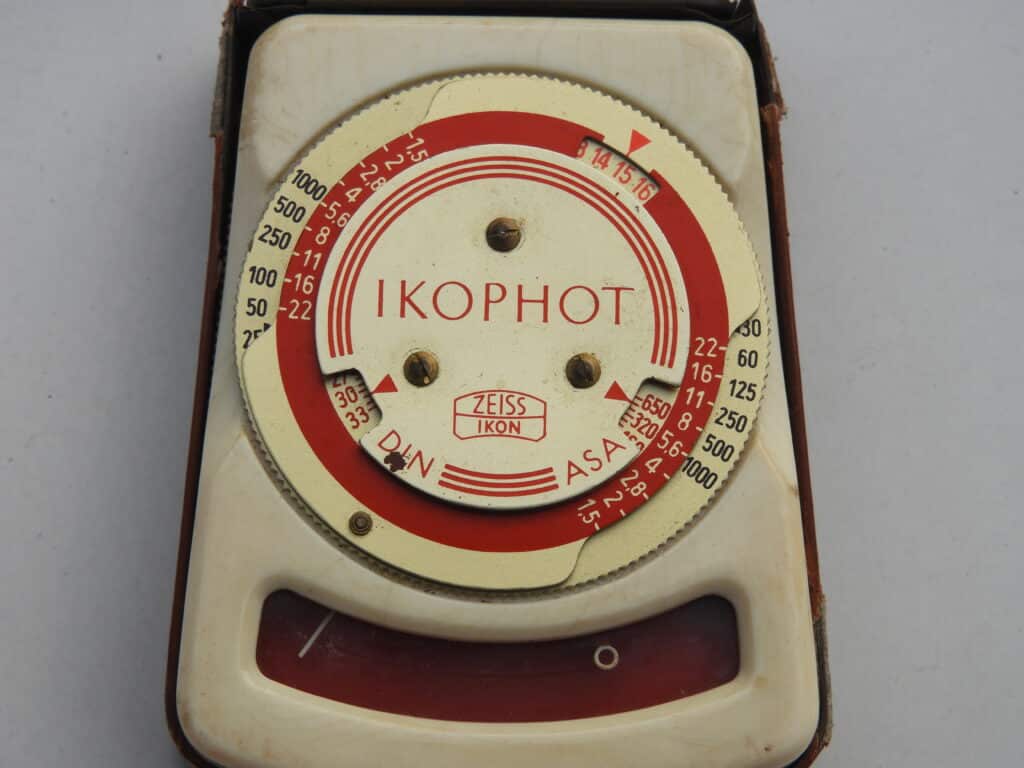
A Google search reveals that the first Ikophot 1328/1 light meter was manufactured in Dresden, Germany by Zeiss-Ikon A. G. in 1339. Ikophot uses a simple match needle system, which means the selenium cell will drive the meter needle, and all the user needs to do is set the film speed (ASA/DIN) and move the flag needle (the one with a circle) to the meter needle’s position. The shutter speeds and apertures are then read from the meter dial. Besides being useful to measure light, the dial on the meter serves as a great tool in teaching relationships between film speed, shutter speed and aperture to beginners.
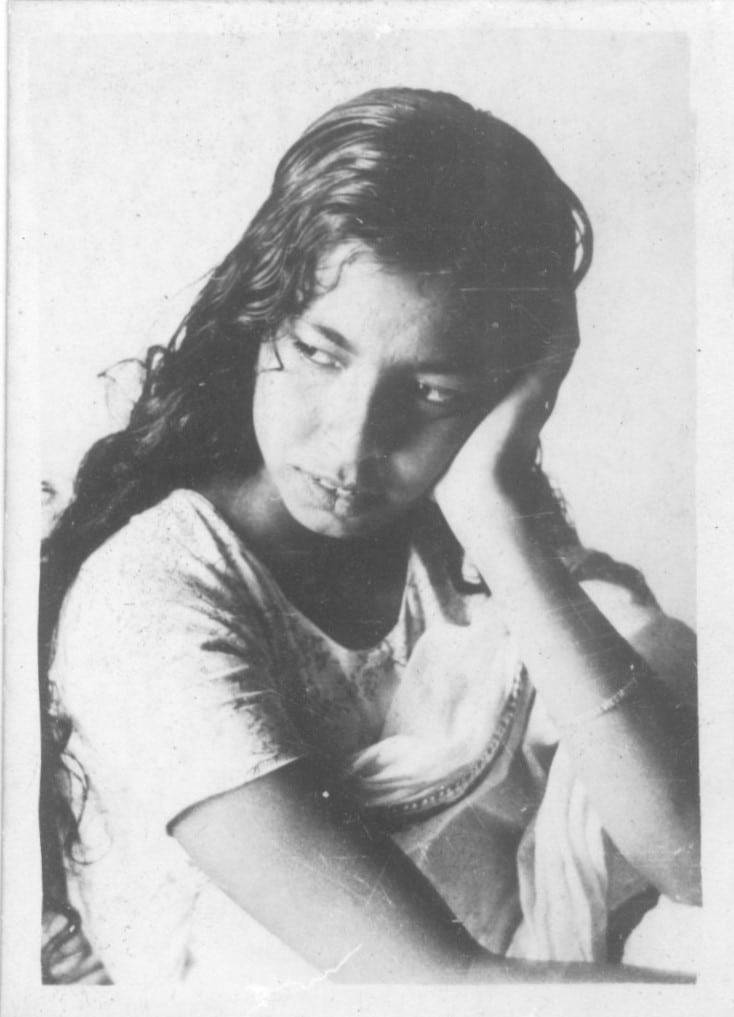

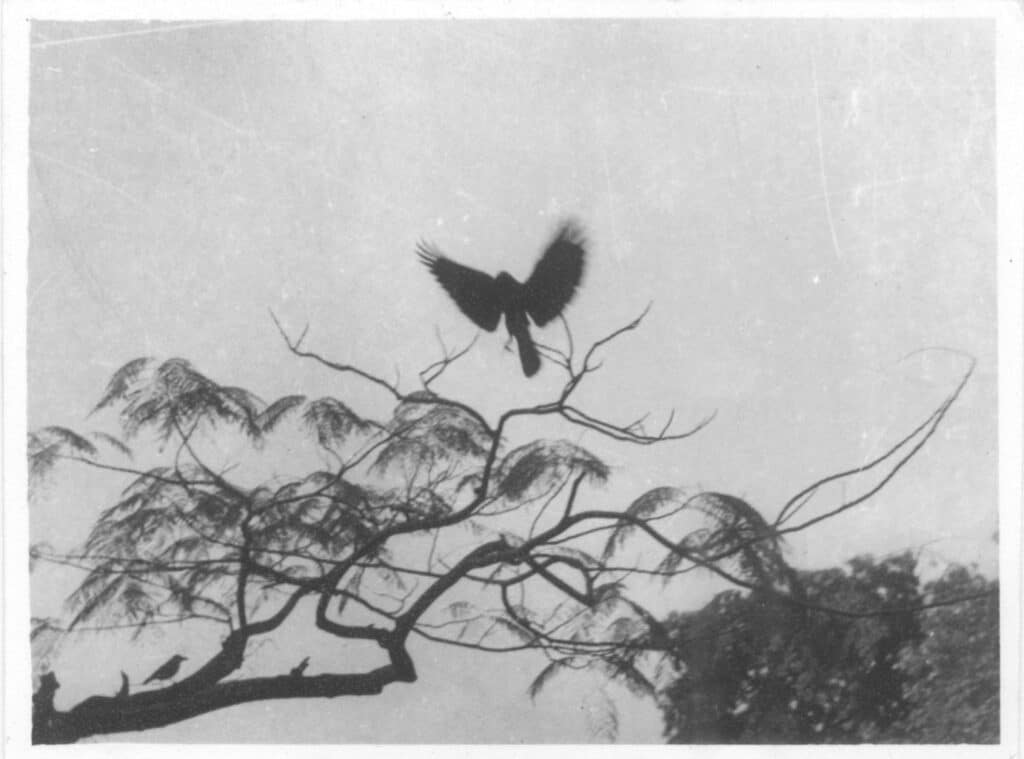
Some photographs taken by my grandfather, using the ikophot
Currently, I know of only one camera that was owned by him. It is a Zorki 4 model produced by KMC Company. The Zorki 4 was possibly the most popular of all Zorki cameras, with 1,715,677 cameras made by the KMZ factory in Krasnogorsk, Russia. The Zorki 4 was also the first of the Zorki cameras to be exported in large numbers to the West. It is a fully manual camera and does not have a light meter.
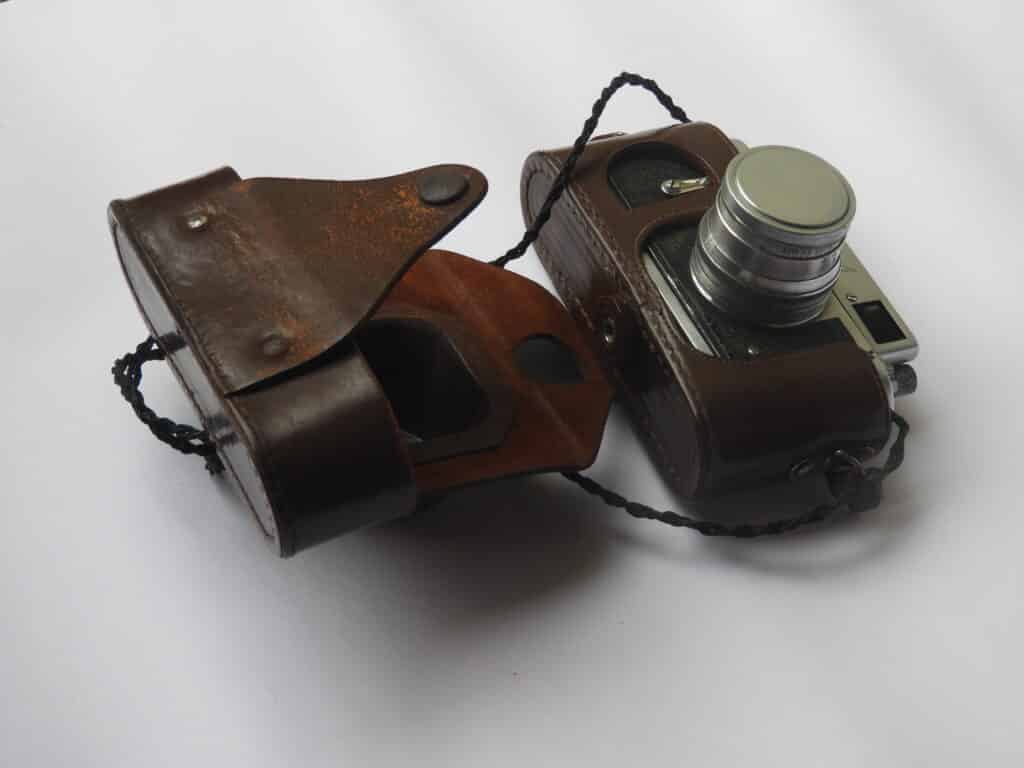
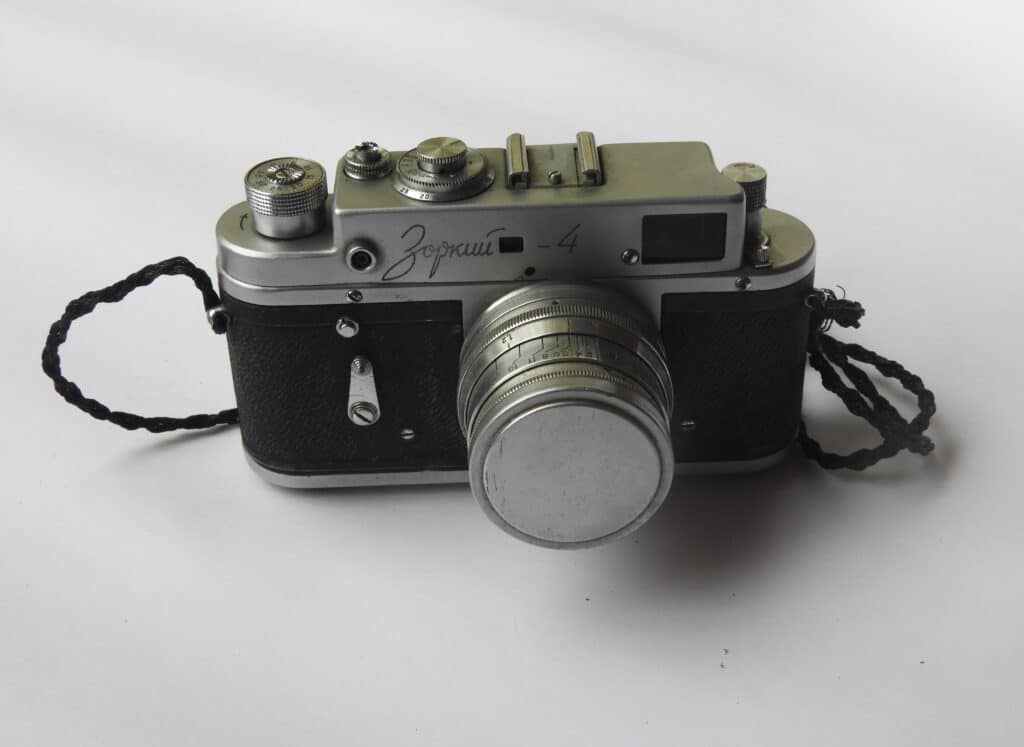
Surprisingly, no one in my family, before my grandfather, was passionate or even interested in the arts. These interests were garnered by himself, and to be honest, were not too appreciated by other family members. Maybe because a significant amount of his income was spent by him purchasing records or books, on the very first day of the month!
Dadu was a lover of music in the truest sense and always encouraged others to nurture their passion. One day, when I was around 9 years old, Dadu called me to his room and made me listen to a record of Raag Desh, a beautiful piece heralding monsoon. I was mesmerised! Till his very last day, he listened to his favourite singers, Sandhya Mukhopadhyay, Talat Mahmood, Jgyanprakash Ghosh amongst others.
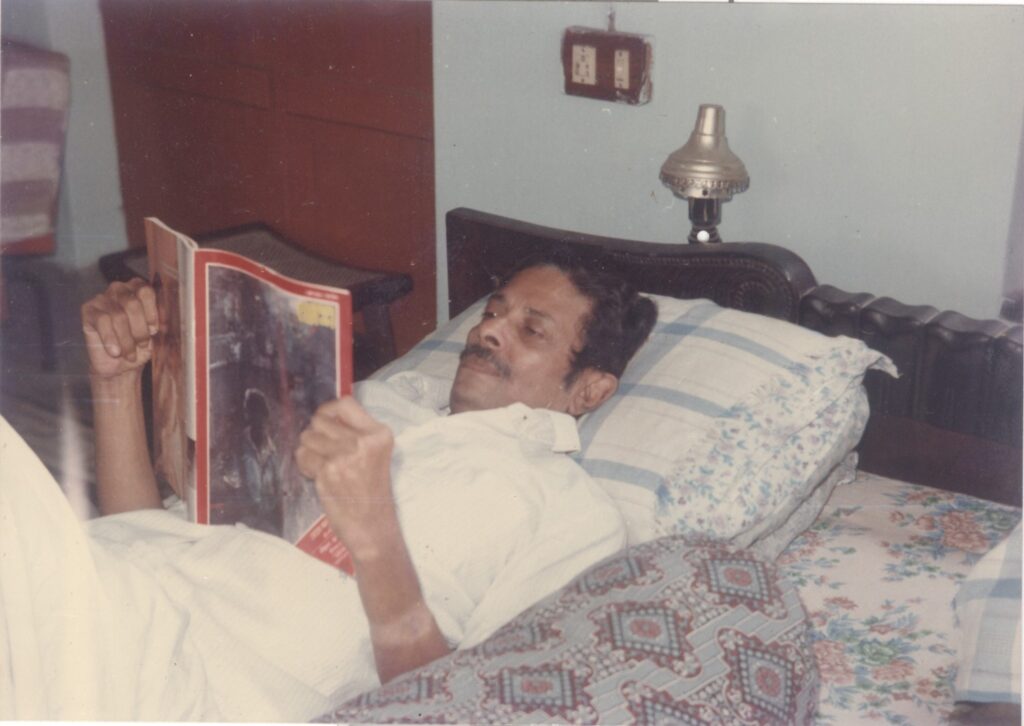
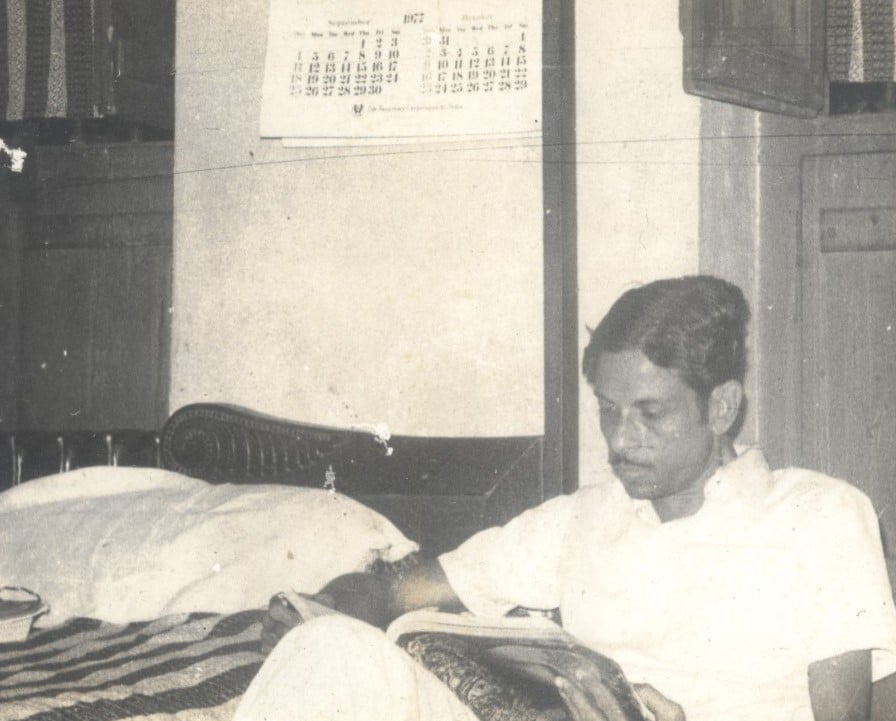
My grandfather was in part tormented by his interests in multiple hobbies since a young age. Partly because of his exposure to literary and intellectual world through books, music and close friends and partly due to his bipolar disorder. He’d spend hours reading books and taking prints of his photographs.
It has been almost 10 years since Dadu passed away. I imagine how content he’d feel seeing me interact with his books, collection of vinyl records, vintage pens and cameras. Whatever dadu loved, he wanted to share that with others and spread the passion. I am striving to make this larger purpose of his into a reality.
